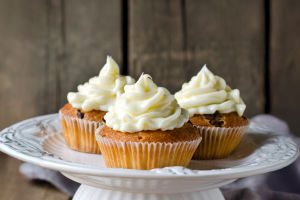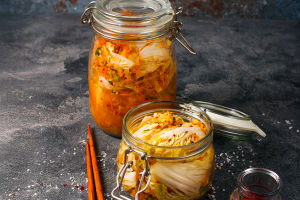Easy Desserts for Beginners
Have you ever wanted to bake but felt lost in complicated recipes and long ingredient lists? Baking doesn't have to be intimidating. Starting small with easy-to-follow recipes can turn confusion into confidence—and delicious results.
Today, we'll dive into two straightforward desserts perfect for beginners. Each recipe is designed to teach you essential baking techniques, giving you the foundation to explore more advanced treats down the line.
Why Focus on Just Two Recipes?
It's tempting to try dozens of recipes at once, but real progress comes from mastering a few basics. These two desserts each highlight a different but important baking skill: understanding dough or batter consistency and timing the oven perfectly. Learning these well makes all future baking smoother.
Food scientist Laura Bennett explains, "Baking success often hinges on getting a feel for texture and timing. Focusing on a couple of recipes helps beginners build intuition for these crucial elements."
1. Classic Chocolate Chip Cookies: Mastering the Dough
Cookies are the ultimate beginner's treat because they're forgiving and fast to bake. Here, the key lesson is balancing wet and dry ingredients to create the perfect dough texture.
Why This Recipe Works:
• Simple ingredients: Butter, sugar, flour, eggs, and chocolate chips—no fancy stuff required.
• Hands-on technique: Creaming butter and sugar teaches how to incorporate air, impacting cookie fluffiness.
• Visual cues: Learning to recognize when dough is just right for baking is an invaluable skill.
Pro Tip: Don't overmix once you add flour—overworking the dough develops gluten, making cookies tough. Look for a soft, slightly sticky dough that holds shape when scooped.
2. Moist Banana Bread: Perfecting Batter and Baking Time
Banana bread is wonderfully forgiving, ideal for learning how to mix batter gently and judge baking times for moistness. It's also a great way to use overripe bananas.
Why This Recipe Works:
• Gentle mixing: Combines wet and dry ingredients just until blended, preventing a dense loaf.
• Texture control: Observing the rise and crumb teaches how moisture and flour ratios affect results.
• Oven timing: Learning when a toothpick test shows doneness helps avoid under- or overbaking.
Pro Tip: Use very ripe bananas for natural sweetness and moisture. If your batter seems thick, adding a tablespoon of milk can improve texture.
The Science Behind These Recipes
Both recipes illustrate how ingredient ratios and mixing methods influence texture and flavor. For example, creaming butter and sugar traps air bubbles, resulting in a lighter cookie. Gentle mixing in banana bread avoids tough gluten formation. These details make the difference between mediocre and memorable baked goods.
Nutritionist and culinary educator David Kim notes, "Understanding how ingredients interact gives bakers control over their creations. This knowledge turns baking from guesswork into a repeatable, enjoyable process."
Simple Tools to Get Started
You don't need expensive gadgets to succeed:
• A reliable oven thermometer ensures your oven's actual temperature matches the dial.
• Measuring cups and spoons or a kitchen scale improve ingredient accuracy.
• A sturdy mixing bowl and spatula or wooden spoon suffice for most beginner recipes.
Learning to use these basics well prepares you for more complex baking projects.
Final Thought
Starting your baking journey with these two simple desserts isn't just about making sweet treats—it's about developing a hands-on understanding of key baking principles. This approach builds confidence, saves frustration, and makes every attempt tastier.
So, which will you try first: the chewy chocolate chip cookie or the moist banana bread? Or maybe both? Feel free to share your baking wins and challenges. Every baker starts somewhere, and your kitchen adventure could be just a recipe away.
Copyright © zogu 2021 - 2025. All Right Reserved.


